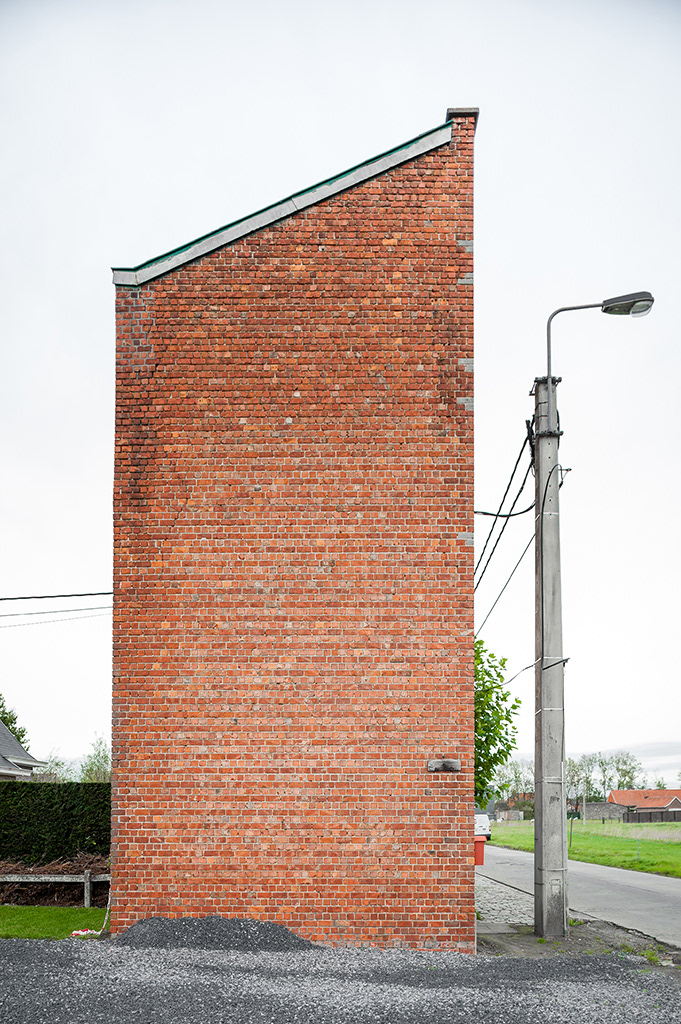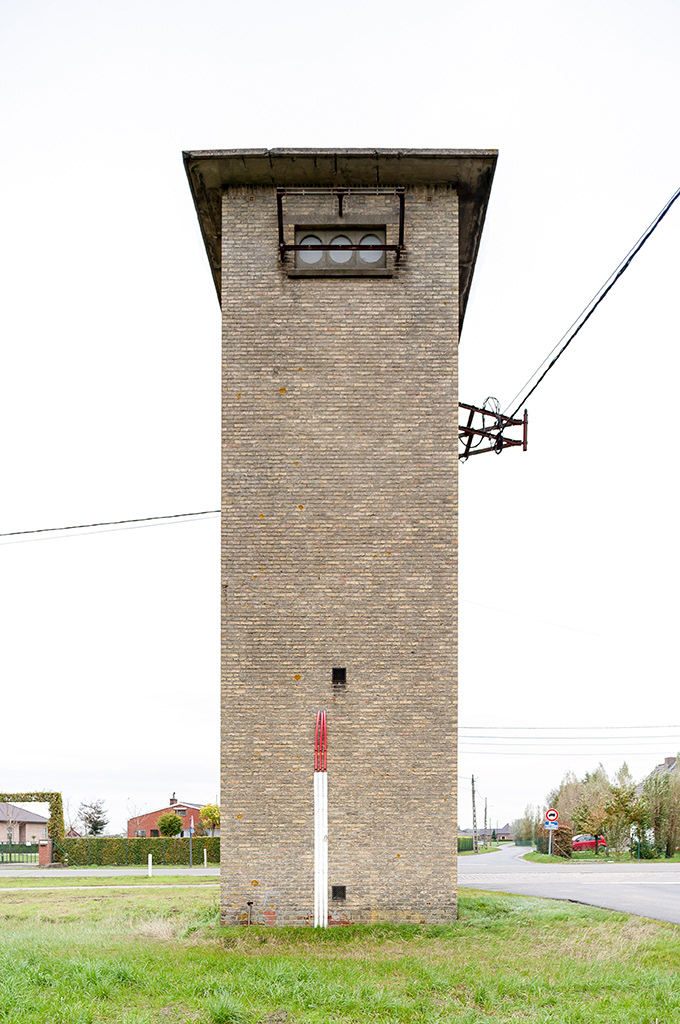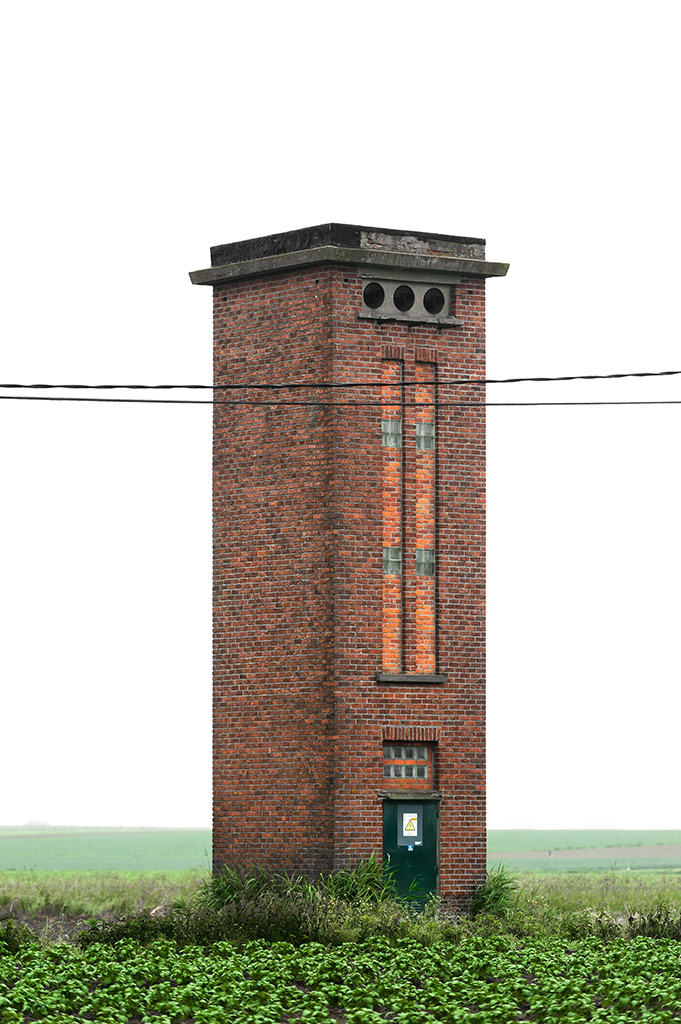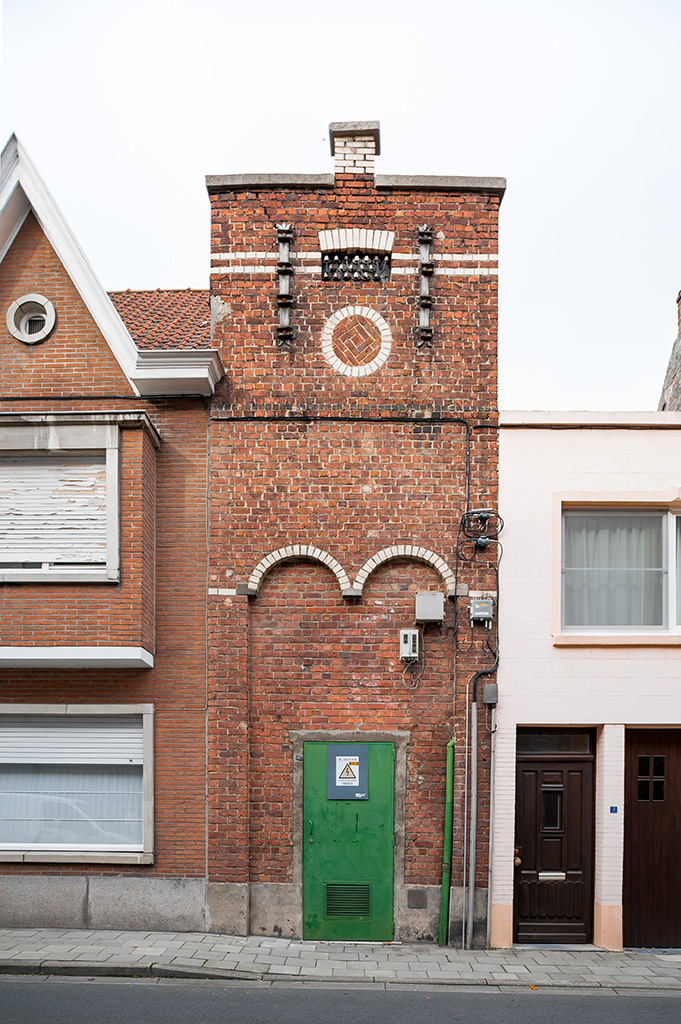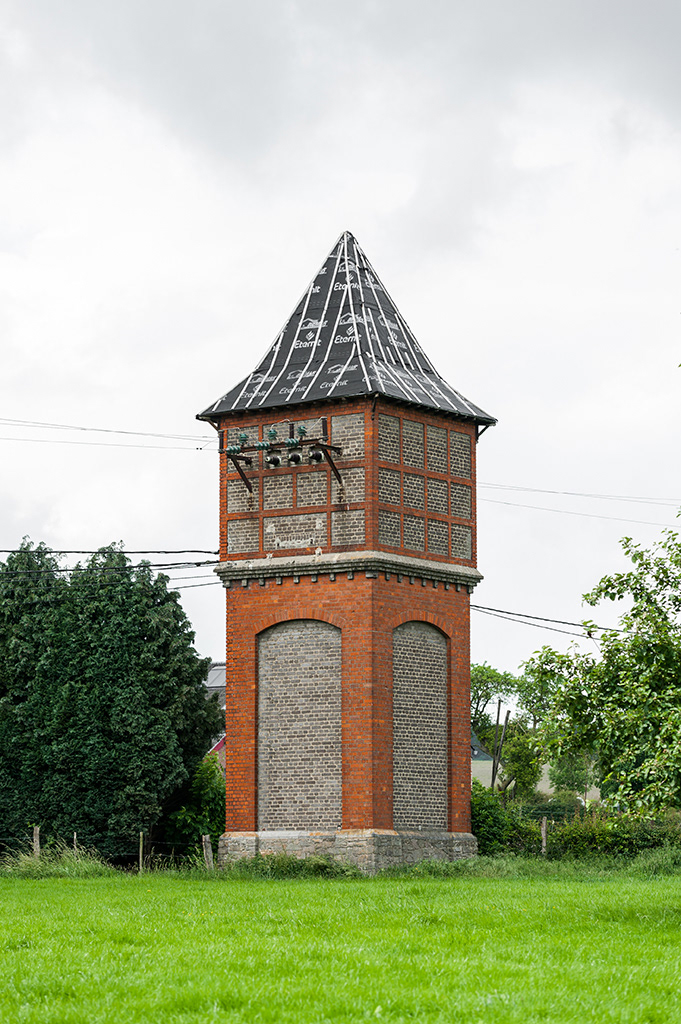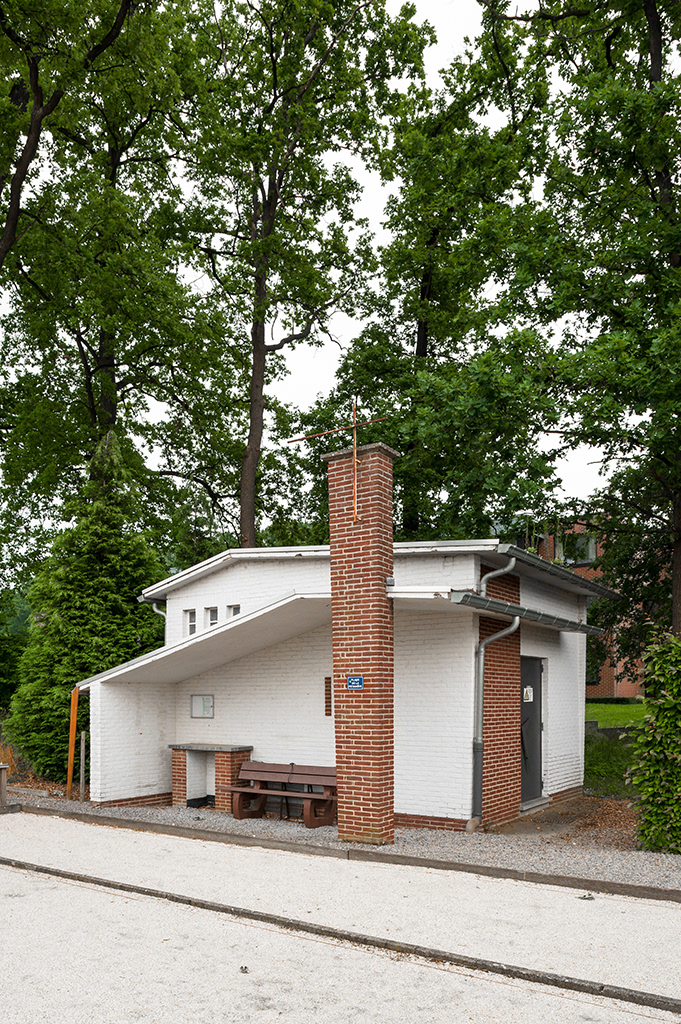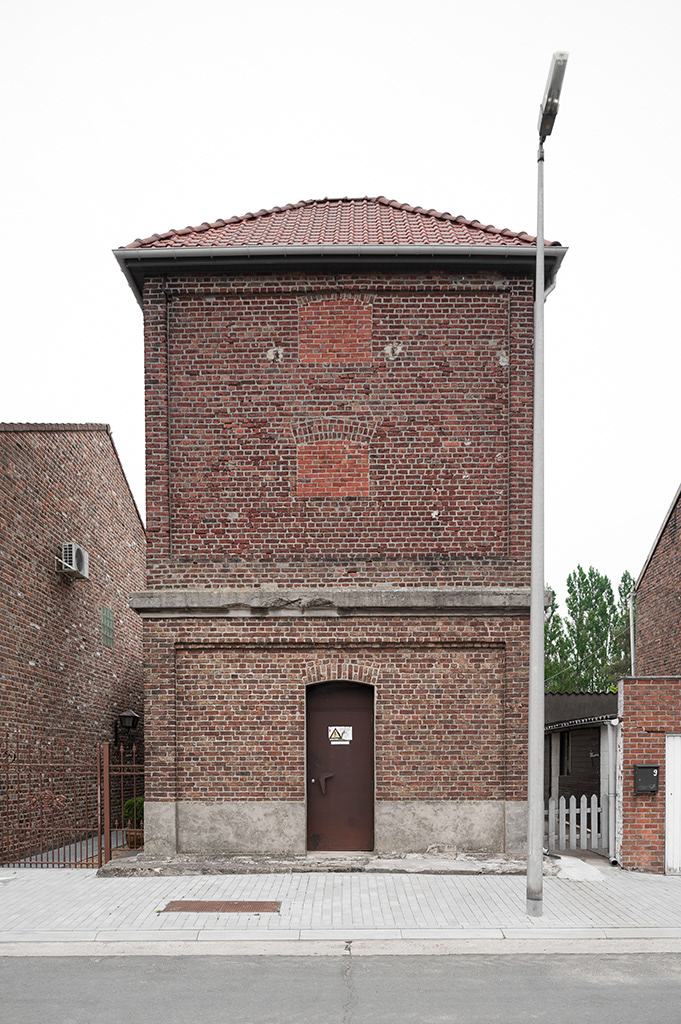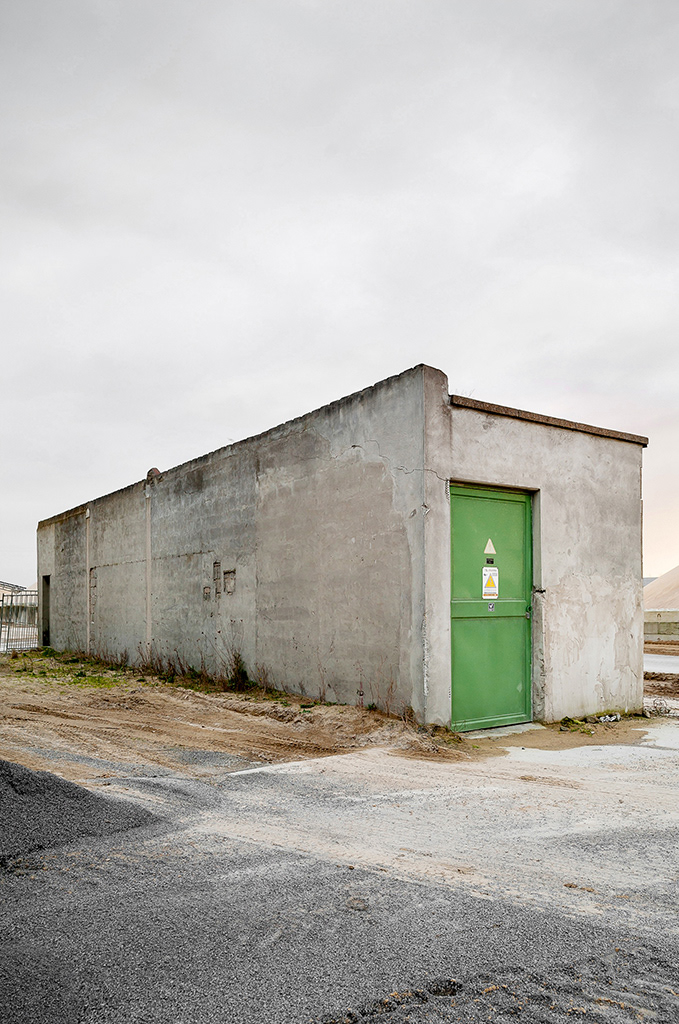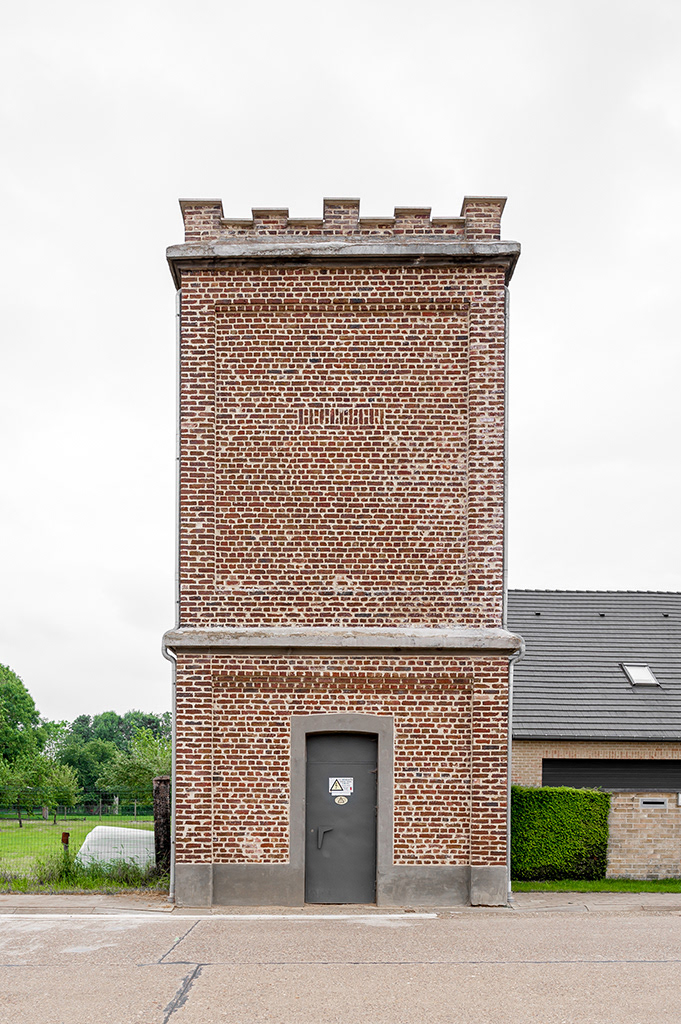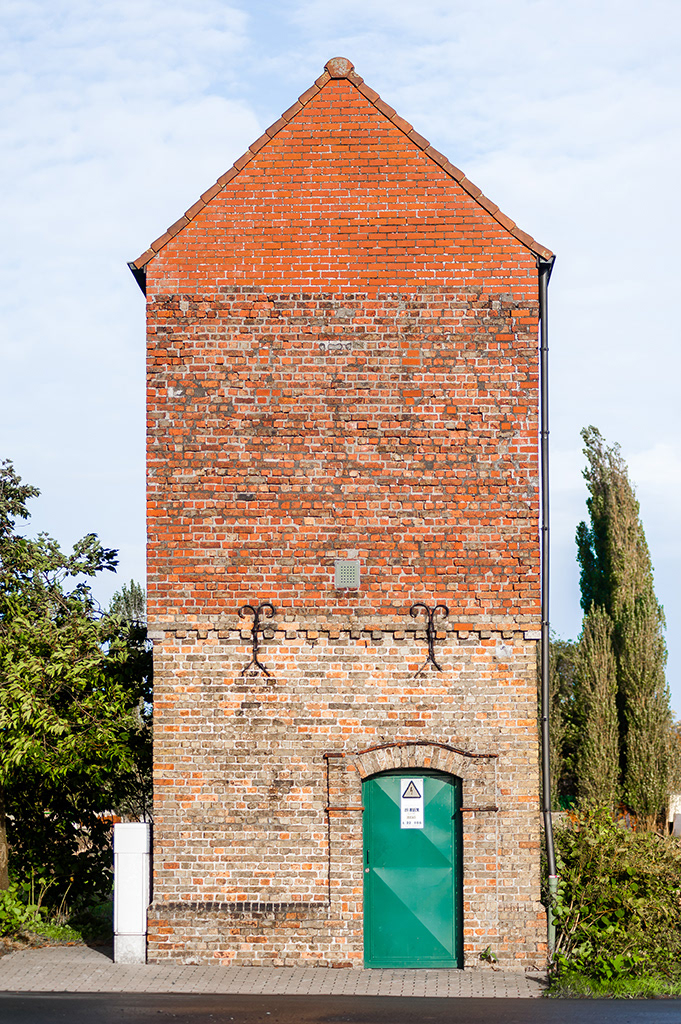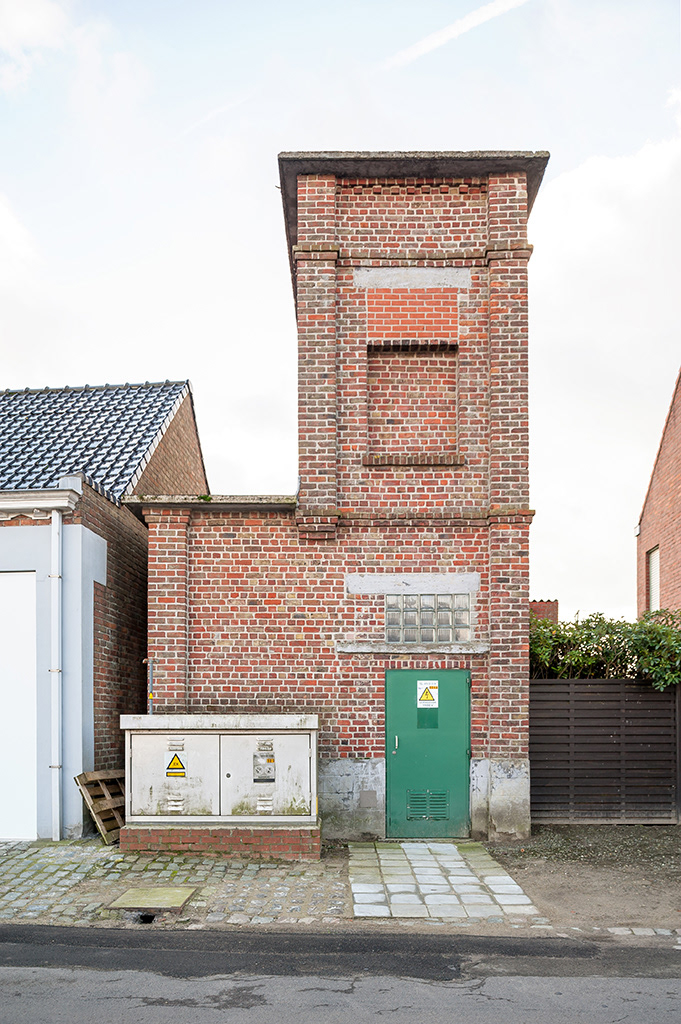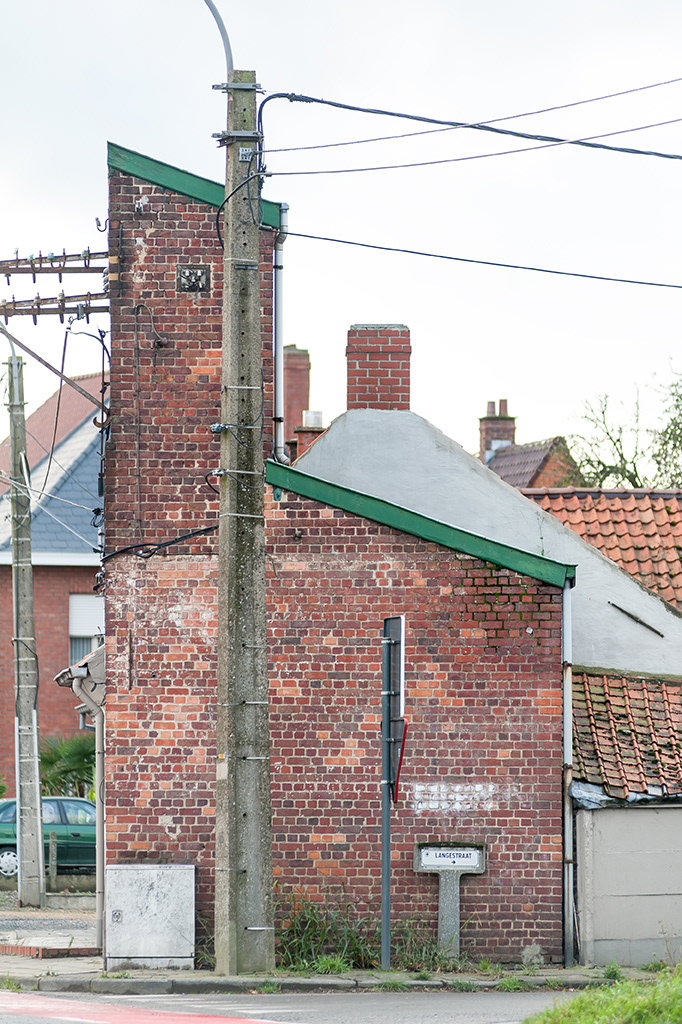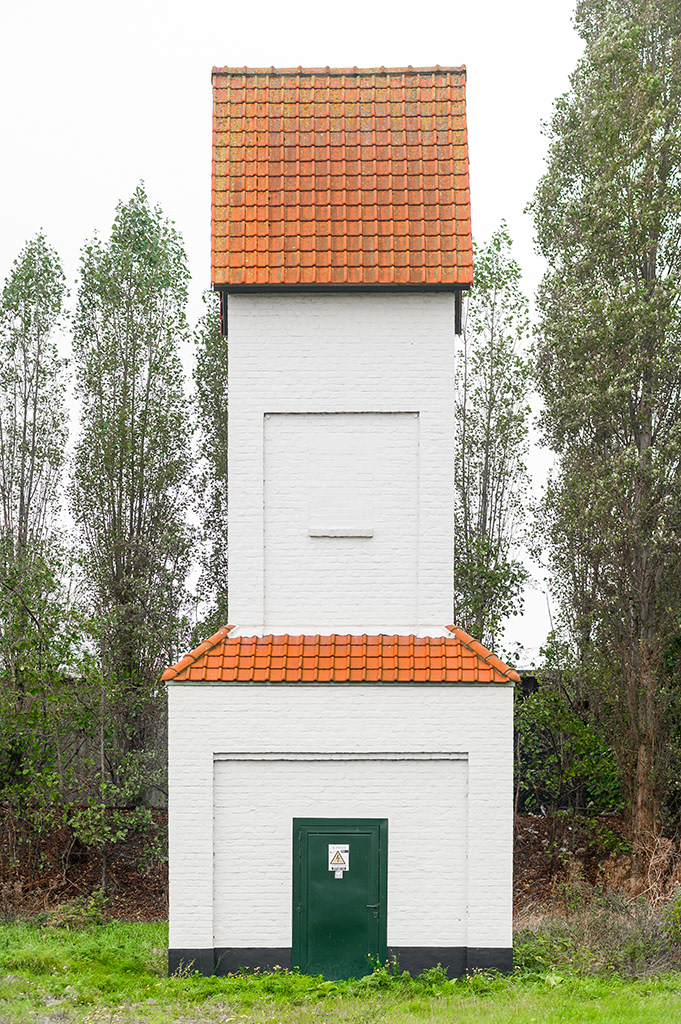
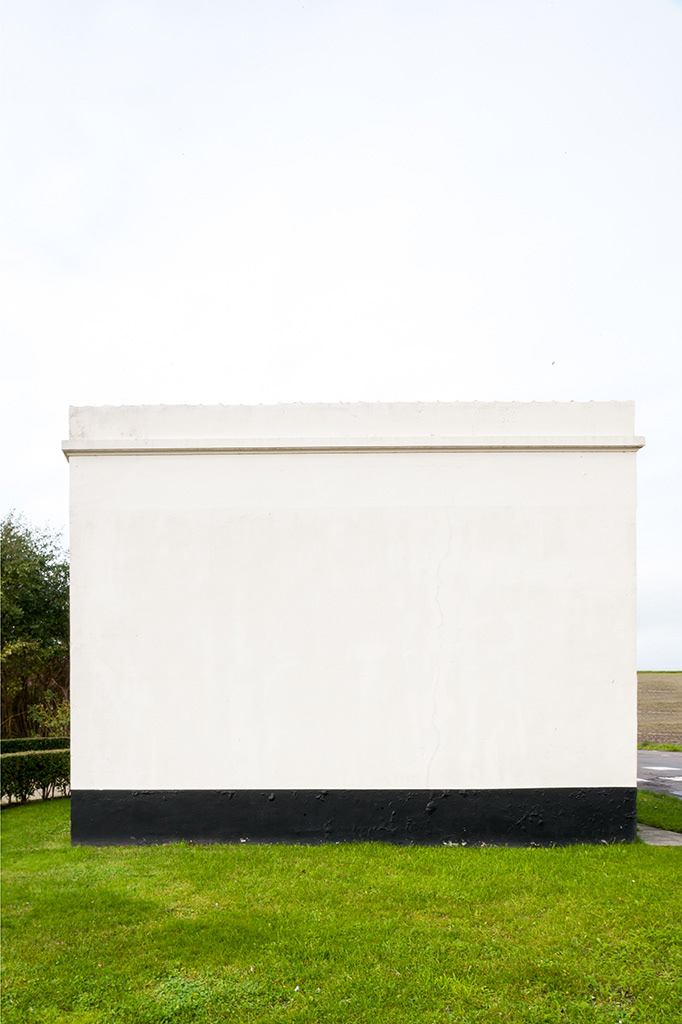
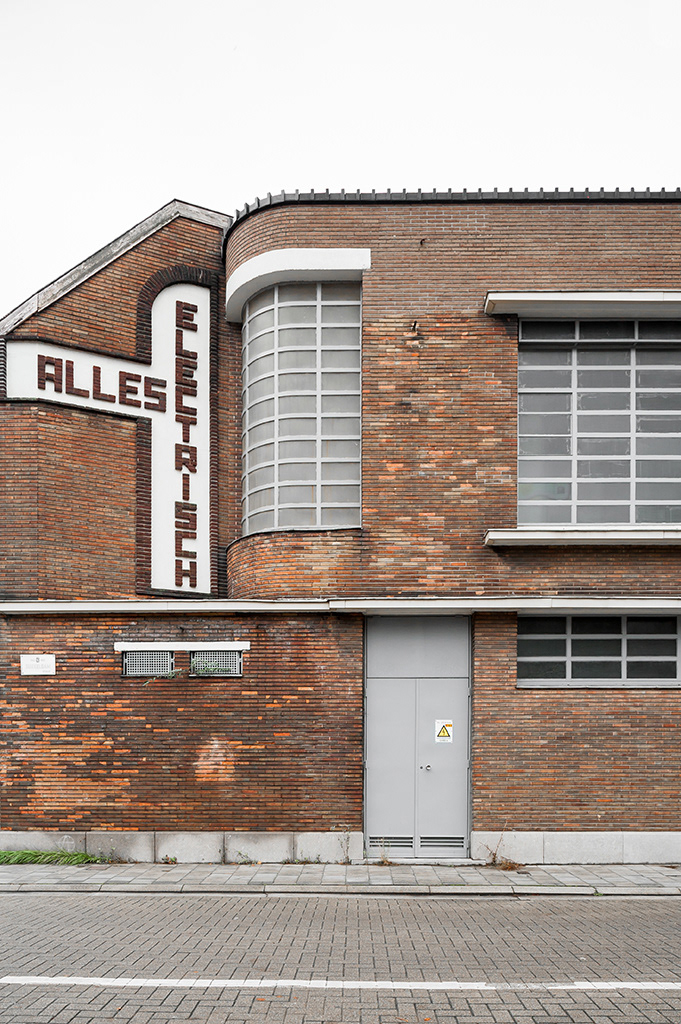


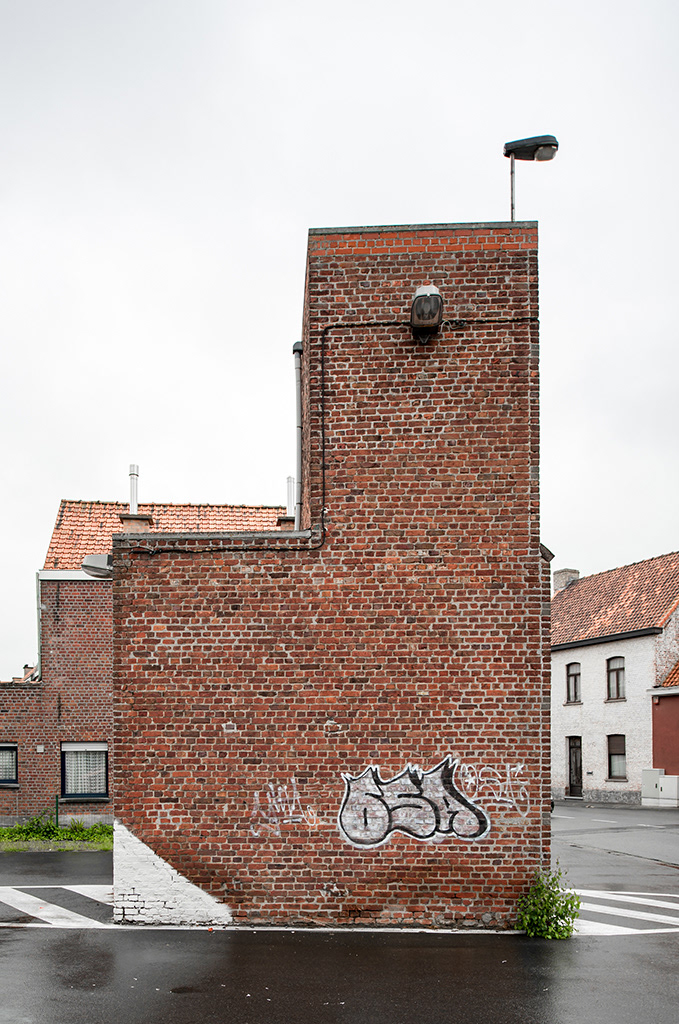
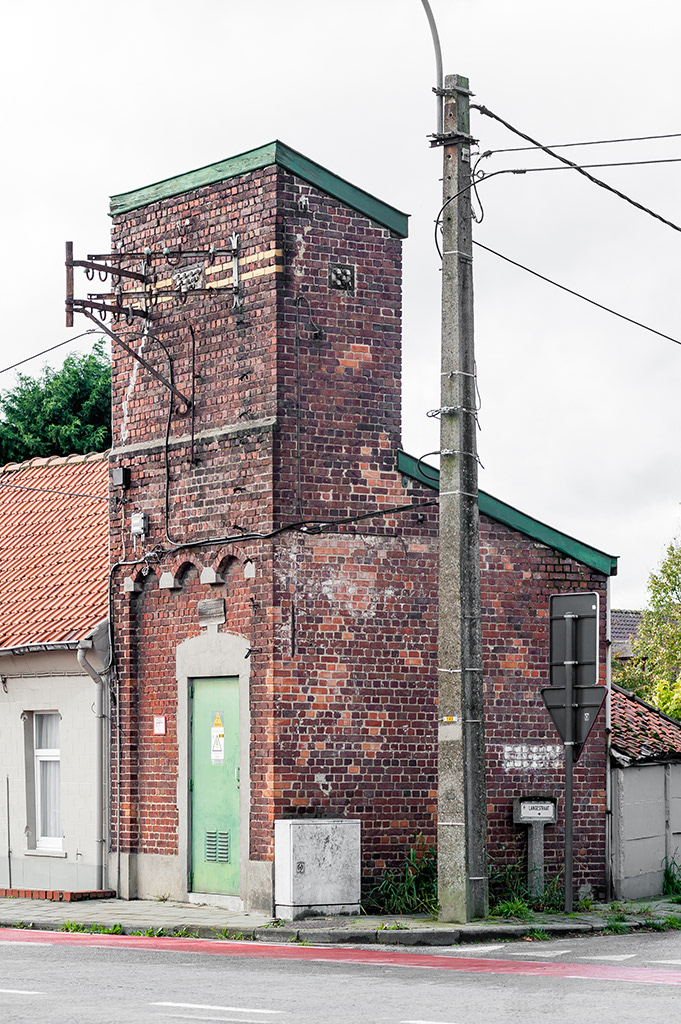
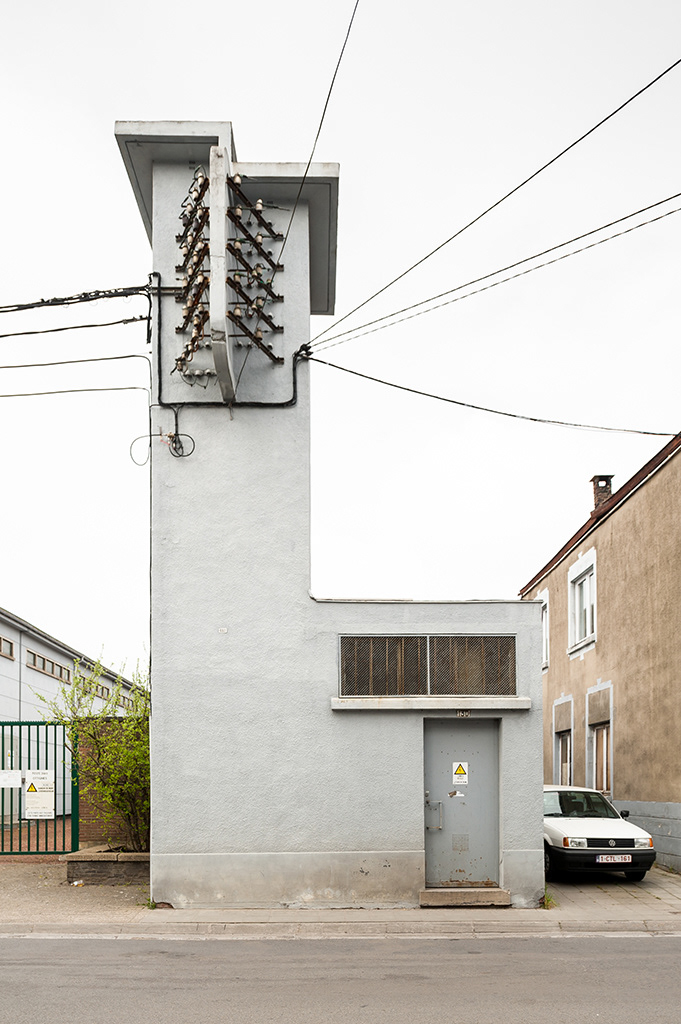
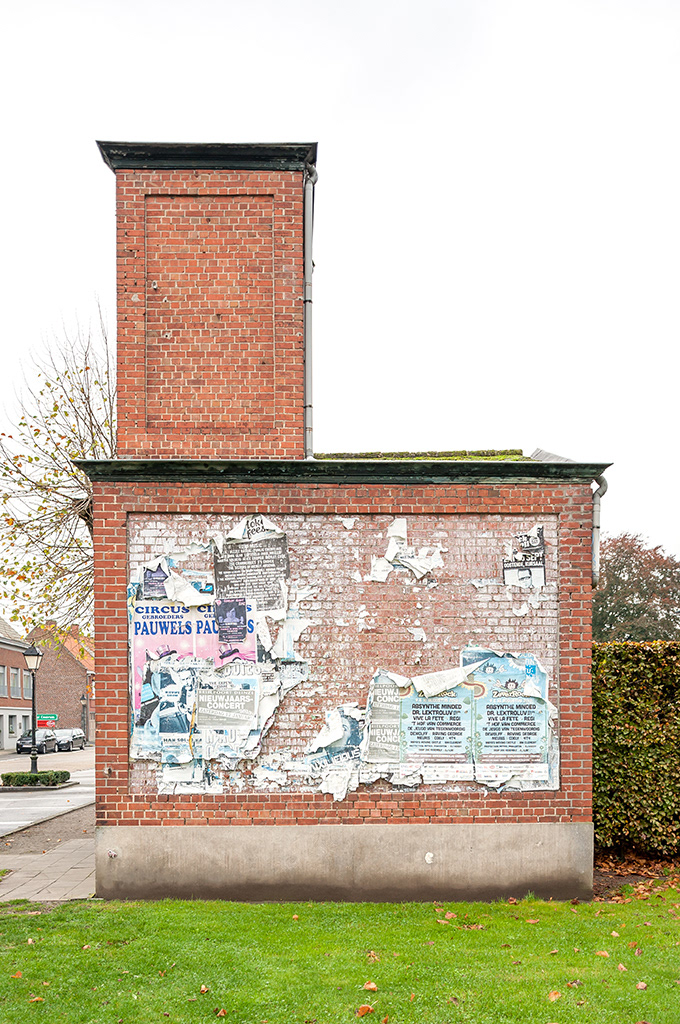
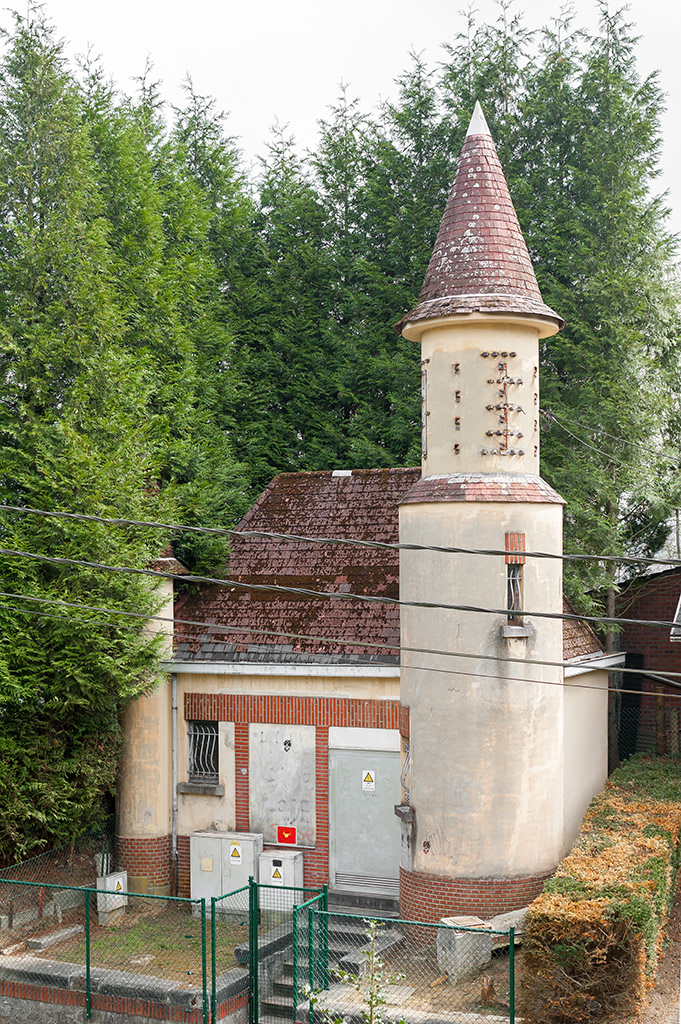
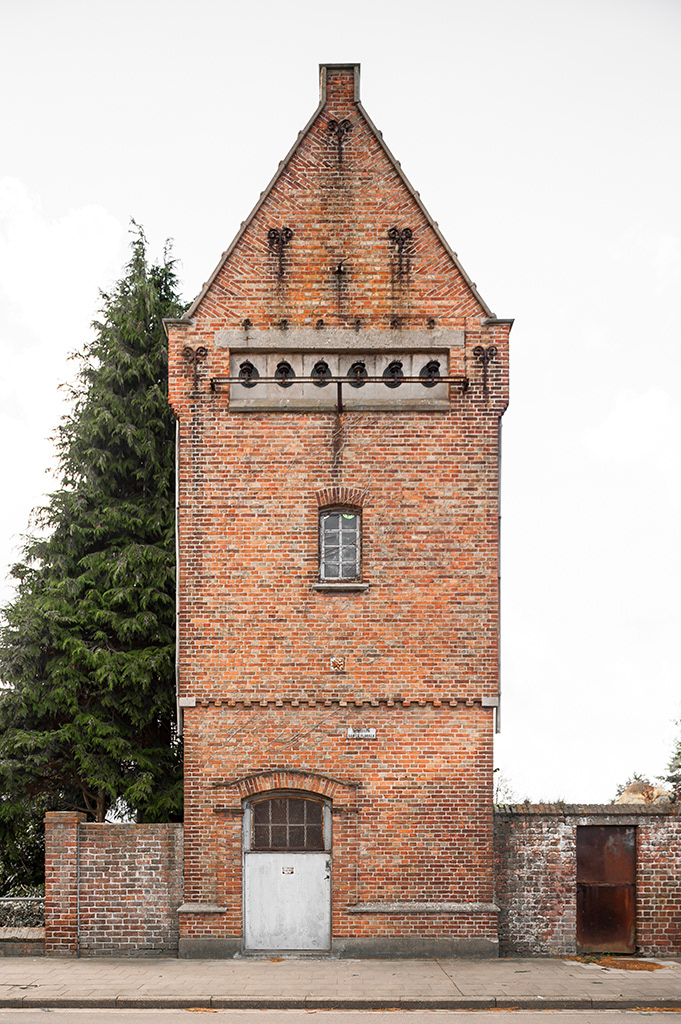
IMAGES.AND TEXT by Servaas Van Belle
WINTERTIJD ALS STILLE GETUIGE
Het is vandaag honderd jaar geleden dat koning Albert I besliste de Duitsers schaak te zetten. Enkele dagen later gaan de sluizen in Nieuwpoort open en begint de heilige wacht aan de IJzer, het symbool van de Eerste Wereldoorlog in België. In diezelfde oorlog voert de Duitse regering een eerste keer de zomertijd in, om energie te sparen. Steenkool was schaars.
Vandaag spreken we niet meer over steenkool, maar over Doel en Tihange, over ampère en megawatt, over onderstations en elektriciteitscabines. Die laatste staan in alle vormen en maten over het hele land. Soms prijken ze eenzaam aan de horizon, andere zijn opgeslokt en bijna onvindbaar door de verstedelijking. Prachtige monumentale exemplaren uit het interbellum naast moderne bunkers. In sommige regio's lijken het pionnen uit een schaakspel, elders doen ze denken aan religieuze bouwwerken. In de Voerstreek zijn het ware landmarks en nader je duidelijk de Duitse grens. De carte blanche die de architecten kregen, creëerde een ongelooflijke rijkdom aan diversiteit. Ook de tand des tijds is duidelijk zichtbaar. Dichtgemetselde ramen en deuren, nieuwe lagen bakstenen als jaarringen, gerestaureerde voegen en barsten als littekens.
Helaas blijft het niet bij die littekens, want er sneuvelen er ook steeds meer. Zonder bescherming zullen zij de laatste getuigen geweest zijn.
Het is vandaag honderd jaar geleden dat koning Albert I besliste de Duitsers schaak te zetten. Enkele dagen later gaan de sluizen in Nieuwpoort open en begint de heilige wacht aan de IJzer, het symbool van de Eerste Wereldoorlog in België. In diezelfde oorlog voert de Duitse regering een eerste keer de zomertijd in, om energie te sparen. Steenkool was schaars.
Vandaag spreken we niet meer over steenkool, maar over Doel en Tihange, over ampère en megawatt, over onderstations en elektriciteitscabines. Die laatste staan in alle vormen en maten over het hele land. Soms prijken ze eenzaam aan de horizon, andere zijn opgeslokt en bijna onvindbaar door de verstedelijking. Prachtige monumentale exemplaren uit het interbellum naast moderne bunkers. In sommige regio's lijken het pionnen uit een schaakspel, elders doen ze denken aan religieuze bouwwerken. In de Voerstreek zijn het ware landmarks en nader je duidelijk de Duitse grens. De carte blanche die de architecten kregen, creëerde een ongelooflijke rijkdom aan diversiteit. Ook de tand des tijds is duidelijk zichtbaar. Dichtgemetselde ramen en deuren, nieuwe lagen bakstenen als jaarringen, gerestaureerde voegen en barsten als littekens.
Helaas blijft het niet bij die littekens, want er sneuvelen er ook steeds meer. Zonder bescherming zullen zij de laatste getuigen geweest zijn.
WINTERTIME AS A SILENT WITNESS
Today marks 100 years since King Albert I decided to checkmate the Germans. A few days later, the locks in Nieuwpoort opened and the sacred watch on the Yser began, the symbol of World War I in Belgium. During the same war, the German government introduced summer time for the first time to save energy.
Coal was scarce.
Today we no longer talk about coal, but about Doel and Tihange, about amps and megawatts, about substations and power cabins. The latter stand in all shapes and sizes all over the country. Sometimes they stand out lonely on the horizon, others are swallowed up and almost untraceable by urbanisation. Magnificent monumental specimens from the interwar period stand next to modern bunkers. In some regions they look like pawns from a chess game, elsewhere they are reminiscent of religious structures. In the Voer region, they are true landmarks and you clearly approach the German border. The carte blanche given to the architects created an incredible wealth of diversity. The ravages of time are also clearly visible. Bricked-up windows and doors, new layers of bricks like annual rings, restored joints and cracks like scars.
Unfortunately, these scars do not stop there, as more and more of them are also perishing. Without protection, they will have been the last witnesses.
Coal was scarce.
Today we no longer talk about coal, but about Doel and Tihange, about amps and megawatts, about substations and power cabins. The latter stand in all shapes and sizes all over the country. Sometimes they stand out lonely on the horizon, others are swallowed up and almost untraceable by urbanisation. Magnificent monumental specimens from the interwar period stand next to modern bunkers. In some regions they look like pawns from a chess game, elsewhere they are reminiscent of religious structures. In the Voer region, they are true landmarks and you clearly approach the German border. The carte blanche given to the architects created an incredible wealth of diversity. The ravages of time are also clearly visible. Bricked-up windows and doors, new layers of bricks like annual rings, restored joints and cracks like scars.
Unfortunately, these scars do not stop there, as more and more of them are also perishing. Without protection, they will have been the last witnesses.
